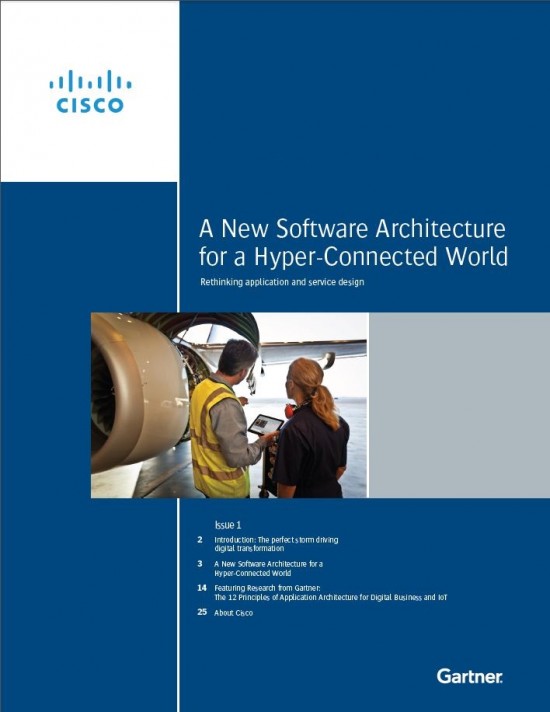































The next big phase of the Internet is the move to connect previously unconnected people, processes, data and things -potentially millions of them -in new and more productive ways. Advancements in cloud computing, distributed analytics, machine learning, robotics, the Internet of Things (IoT) and the emerging API economy are setting the stage for entirely new data-driven business models. For example:
Sense a common theme? It's about gaining big-picture perspective with real immediacy. Business insight is derived from what we learn rightnow-in real time as customers interact with us, as internal and third-party systems stream the latest data, and as the business environment changes around us. Digital business requires real-time optimization across a value chain to instantly respond to "always on" customer and business partners.
Hyper-distributed computing (distributed computing on steroids) shifts the focus from the data center and out into a network of data sources across the wider business ecosystem -connections with suppliers, business partners, third-party data providers, customers and more. It is a pervasive computing model that can sense what is happening across the network and orchestrates timely and informed action. It is a business model where apps or algorithms do more than just provide an interface; they deliver highly personalized, context-aware and timely experiences.
This digital transformation calls for new ways of thinking about application and service software architectures. The traditional approach of moving data to a centralized data store for analysis and processing doesn't work in today's IoT world. Data is too widely dispersed, has too short a shelf life, and there is just too much of it to move fast enough.
In the research, "The 12 Principles of Application Architecture for Digital Business and IoT," Gartner sets forth guidelines for successfully transitioning to the hyper-distributed computing model. Of the 12 principles, seven address design considerations pertaining to service-oriented architecture (SOA), virtualized applications, access and security, modularity and event processing. I believe those seven design considerations align neatly with Cisco's approach to the challenges of the hyper-connected, Internet of Things (IoT) world.
In an IoT world, you need to: (A) Capture more data than ever from more devices at the edge of the network, and (B) Make sense of it all and act on it without backhauling it to a data lake or analytics hub.

Cisco's architectural approach:
 If you are responsible for the software foundation of your organization's digital transformation, you'll want to read our latest publication on the subject,"A New Software Architecture for a Hyper-Connected World: Rethinking application and service design."
If you are responsible for the software foundation of your organization's digital transformation, you'll want to read our latest publication on the subject,"A New Software Architecture for a Hyper-Connected World: Rethinking application and service design."
This publication presents Cisco's response to the seven Gartner design guidelines, with a particular focus on the App Services subsystem, where data and analytic insights become action. You'll also see some practical examples of hyper-distributed computing in action across industries.
Download this complimentary Cisco publication featuring Gartner research.
For more information about the Cisco Automation and Integration platform: www.cisco.com/go/aip
For more about the broader portfolio: Analytics and Automation Software, visit: www.cisco.com/go/analytics-automation-software
 Etiquetas calientes:
Internet of Things (IoT)
Transformación Digital
Customer Experience
digital business
Hyper-distributed Computing
Software Platform
Application Architecture
Software Architectures
Etiquetas calientes:
Internet of Things (IoT)
Transformación Digital
Customer Experience
digital business
Hyper-distributed Computing
Software Platform
Application Architecture
Software Architectures